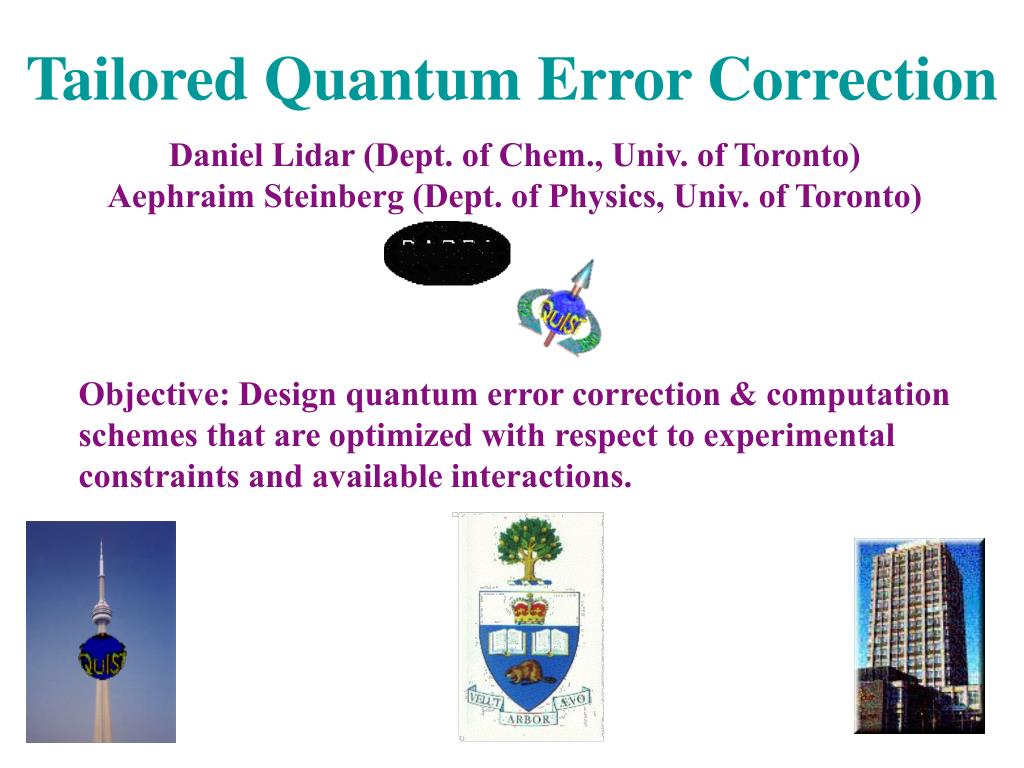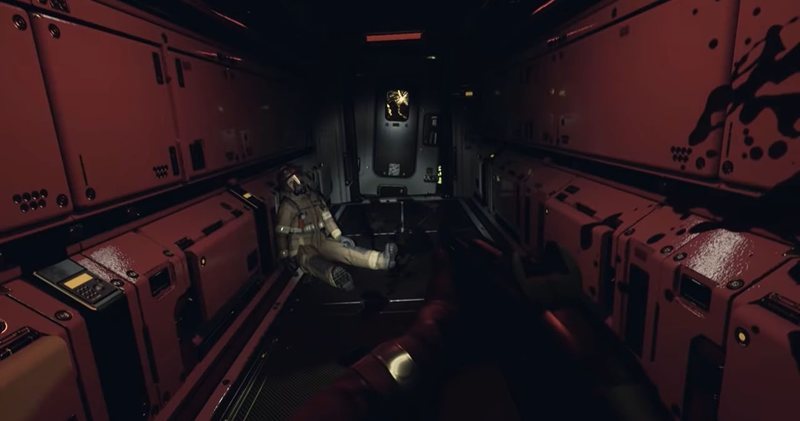

However, this creates a large network of ‘physical qubits’ in order to operate a single, logical qubit that does the processing work you require. Common examples are arrays of electrons, trapped ions or quantum electrical circuits. The standard approach to achieve this is to use a large number of distinguishable particles as information carriers.

This is done by encoding information redundantly, allowing the correction of errors as they happen during a quantum computation. Fortunately, it is possible to overcome this issue using quantum error correction.” Until that point, the information exists in a state of multiple possible outcomes.ĭr Grimsmo said: “One of the most fundamental challenges for realising quantum computers is the fragile nature of quantum superpositions.

Quantum computers perform their tasks by encoding information utilising quantum superposition – a fundamental facet of nature where a final outcome of a physical system is unresolved until it is measured. Identifying, removing and reducing errors in quantum computation is one of the central tasks facing physicists working in this field. The ‘quantumness’ that allows them to perform a completely different type of computing operation means they are highly fragile and susceptible to electromagnetic and other interference. With Google last year declaring it has a machine that has achieved ‘quantum supremacy’ – performing an arguably useless task but beyond the scope of a classical computer – interest in the field of quantum computing and engineering continues to rise.īut to build a quantum machine that can do anything useful will require thousands, if not millions of quantum bits operating without being overwhelmed with errors.Īnd qubits are, by their very nature, error prone.

The great promise of these devices is that they could be used to solve problems beyond the reach of classical supercomputers in fields as varied as materials science, drug discovery and security and cryptography. Scientists in universities and at tech companies across the planet are working towards building a universal, fault-tolerant quantum computer. “Our hope is that the robustness offered by ‘spacing things out’ in an infinite Hilbert space gives you a qubit that is very robust, because it can tolerate common errors like photon loss,” said Dr Grimsmo from the University of Sydney Nano Institute and School of Physics. The collaboration is across two leading quantum research centres in Australia, the ARC Centre of Excellence for Engineered Quantum Machines and the ARC Centre of Excellence for Quantum Computation and Communication Technology. The research, published this week in Physical Review X, was jointly written with Dr Joshua Combes from the University of Queensland and Dr Ben Baragiola from RMIT University. “What we have done in our paper is unify these and other codes into a common framework.” “Many different types of bosonic error correction codes have been demonstrated experimentally, such as ‘cat codes’ and ‘binomial codes’,” he said. “The beauty of these codes is they are ‘platform agnostic’ and can be developed to work with a wide range of quantum hardware systems,” Dr Grimsmo said.
#QUANTUM ERROR FULL#
Scientists in Australia have developed a new approach to reducing the errors that plague experimental quantum computers a step that could remove a critical roadblock preventing them scaling up to full working machines.īy taking advantage of the infinite geometric space of a particular quantum system made up of bosons, the researchers, led by Dr Arne Grimsmo from the University of Sydney, have developed quantum error correction codes that should reduce the number of physical quantum switches, or qubits, required to scale up these machines to a useful size. Dr Arne Grimsmo from Sydney Nano and the School of Physics.


 0 kommentar(er)
0 kommentar(er)
